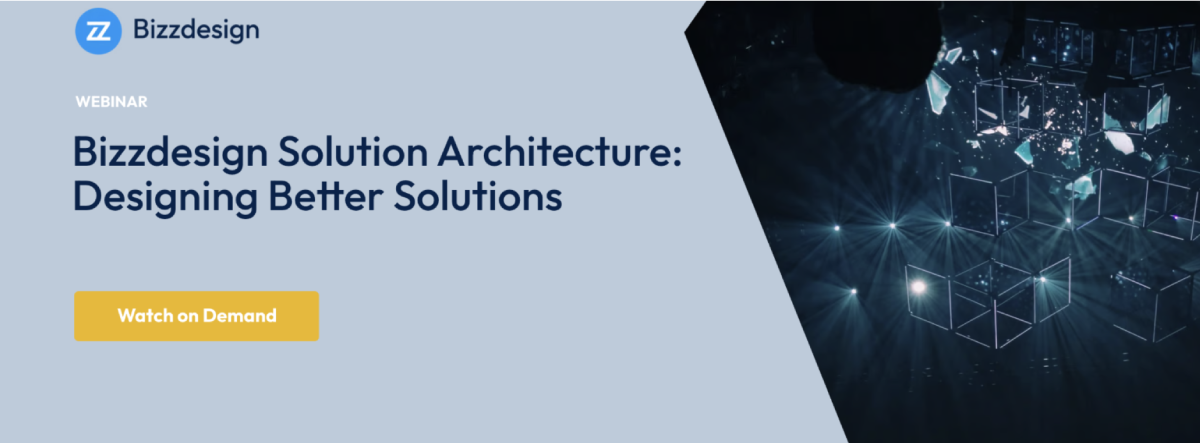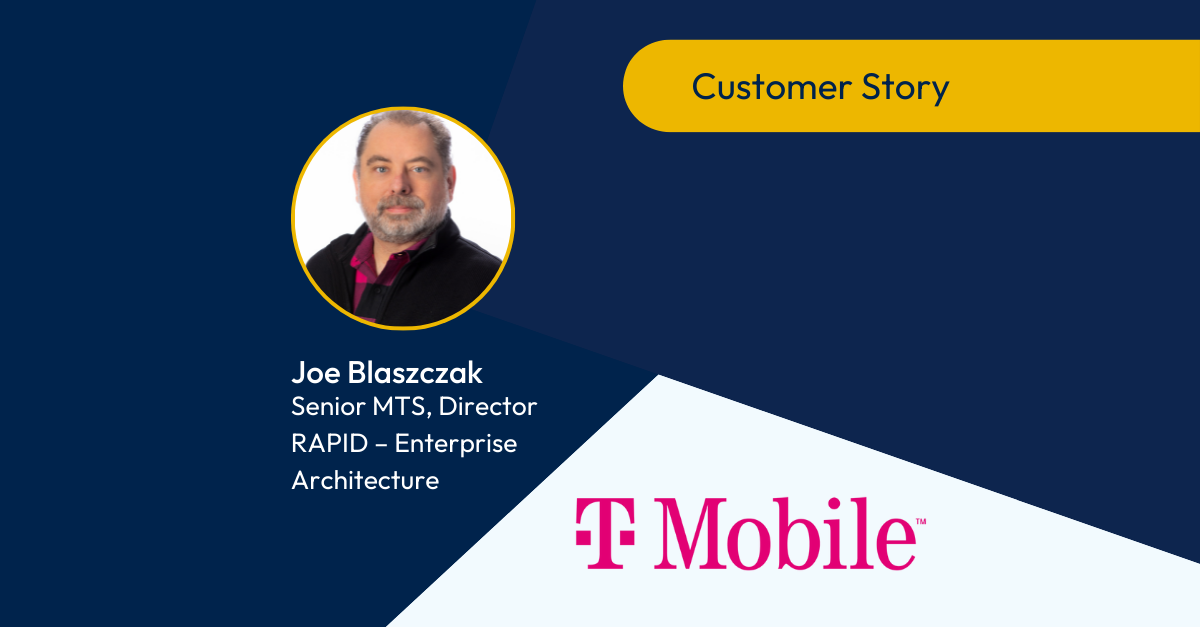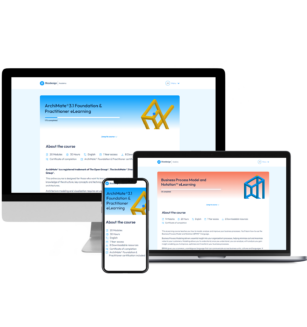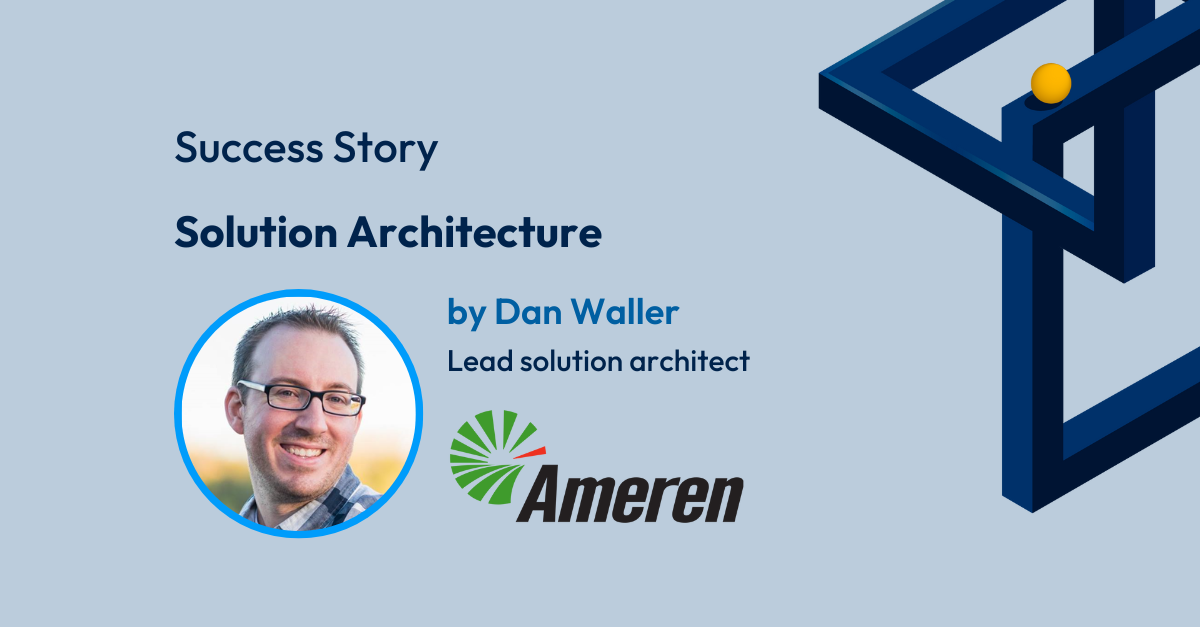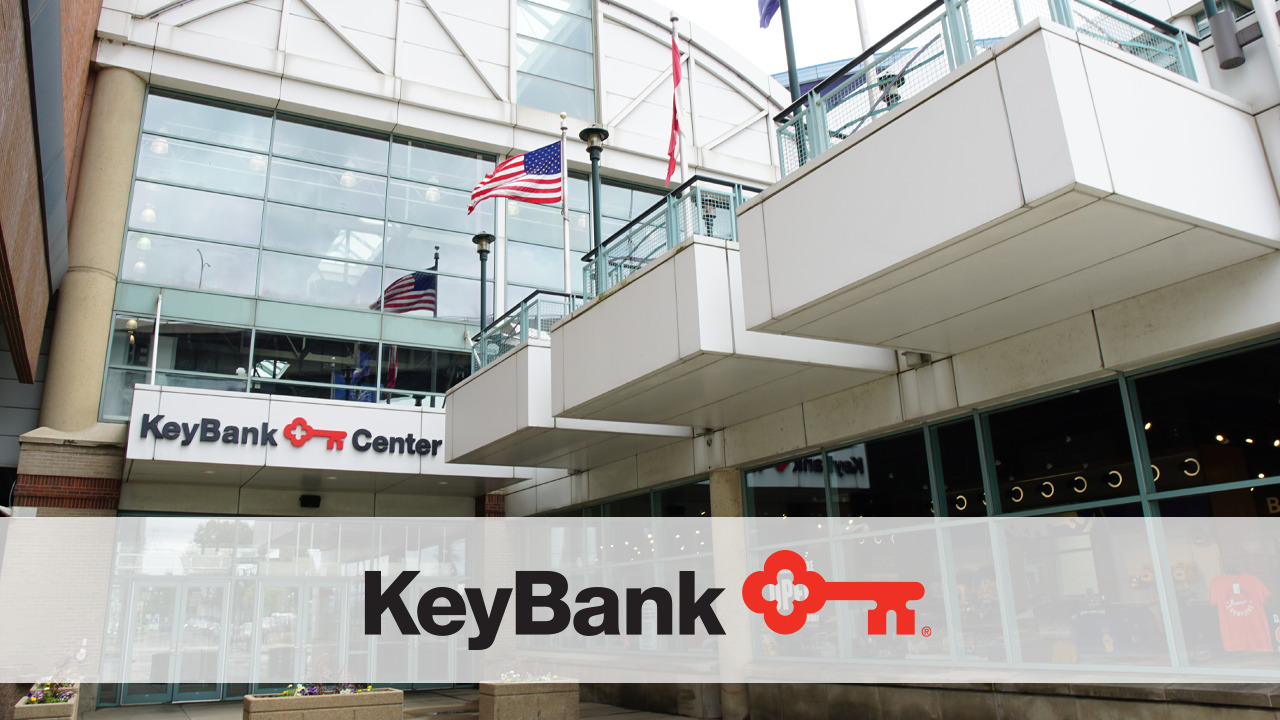1. What is a solution architect?
As a solution architect, you hold a pivotal role within the IT industry. The solution architect plays an important role in making IT projects successful. Your primary responsibility is to devise and execute solutions that align with the organization’s objectives and business goals.
Throughout the design process, you collaborate with various stakeholders, playing a crucial role in enterprise change processes. While your focus may be narrower compared to enterprise or business architects, your role demands intense dedication to achieving solutions, necessitating thorough research and effective communication to ensure successful change.
To excel in this role, you must possess a diverse skill set, encompassing extensive technical expertise, adeptness in business analysis, and proficiency in project management. Additionally, your excellent communication skills enable you to translate technical intricacies into simple language, facilitating the timely and cost-effective delivery of solutions. As a result, you collaborate collaborate with IT professionals , including developers, project managers, and business analysts.
Responsibilities of a solution architect
As a solution architect, your role entails ensuring scalability, security, and reliability. You must utilize solution architecture viewpoints to promote collaboration with fellow experts and collaborate with security architects for security assessments, as well as with product managers for cost-benefit analysis.
In your capacity as a solution architect, you craft a comprehensive depiction of solution components and their interactions. Your responsibility is to choose the most suitable technology for the relevant business challenges and resolve any architectural issues that may arise.
Furthermore, it falls upon you to convey the project’s vision to the development team and actively participate in subsequent revisions to the solution. You are the one who communicates the project’s vision to the development team, guiding them throughout the project’s execution.
Different types of solution architects based on their expertise
Solution architecture experts come in various forms, each with distinct areas of focus and expertise. These roles encompass:
- Enterprise Solution Architect: Focuses on organization strategy and business architecture.
- Solution Architect: Specializes in solution design and integration.
- Technical Architect: Concentrates on software design, software development, and cloud strategy.
- Infrastructure Architect: Responsible for an organization’s IT infrastructure.
- Security Architect: Specializes in ensuring the security of solutions.
- DevOps Architect: Focuses on the integration of development and operations.
- Data Architect: Specializes in managing and organizing data.
- Network Architect: Concentrates on designing and maintaining network infrastructure.
These roles can be further divided into two main categories: generalists, who have a wide-spanning understanding of multiple tech areas, and specialists, who possess deep knowledge in particular niches like data science, cybersecurity, or network management.
Furthermore, there are hierarchical distinctions such as Chief Architect, Head Architect, and Strategic Architect, each signifying different levels of seniority and responsibility within the field.
Titles and specific responsibilities for solution architecture experts can differ based on the company, with additional designations like application or software system architect being possible based on how a company is structured.
In essence, the varied types of solution architecture experts are integral to aligning technical strategies with business objectives, thereby driving the company’s overarching technological framework and approach.

